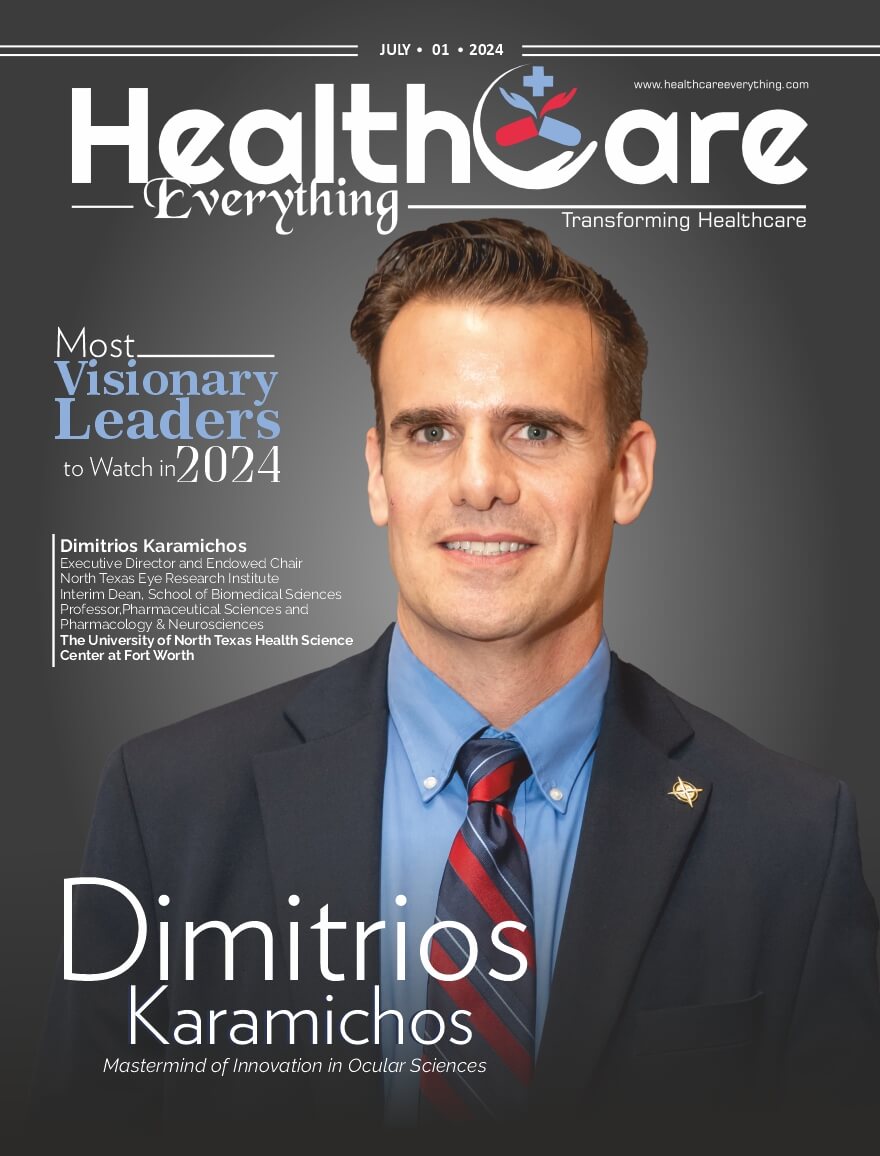Several recent studies have indicated that healthcare professionals see the use of technology as a method to interact with their patients on a deeper level. It is clear that the business hopes to use technology to foster trust and loyalty by designing patient-friendly processes.
The Insides of Healthcare Technologies
Through predictive analysis, technology such as AI and ML have propelled the healthcare sector forward by leaps and bounds. These technologies, which are constantly changing, enable medical personnel to make efficient and timely decisions in order to save more lives and restore patients’ health. Several firms are now capitalizing on the chance to provide improved healthcare to patients, whether through telemedicine or “Insurtech.”
On the importance of greater integration of technology in healthcare services, it is important to list a few of the numerous advantages: Without a doubt, the most important characteristics are the capacity to:
- Predict a patient’s reaction to certain medications, doses, or therapies.
- Early detection of illnesses and infections by remote monitoring of a person’s essential functions. Second, technology aids in understanding how a patient’s organs may degrade in the case that preventative therapies are ignored
Enhancing the Healthcare Experience
Several recent studies have indicated that healthcare professionals see the use of technology as a method to interact with their patients on a deeper level. It is clear that the business hopes to use technology to foster trust and loyalty by designing patient-friendly processes. There are still various obstacles to overcome in the healthcare industry, but the effort is worthwhile. The easiness provided by technology is gradual and gratifying, assisting personnel in finding job contentment.
Future Outlook
Healthcare experts envisage great developments that will alter the way we approach medical science to a radical extent. Virtual Reality (VR), Augmented Reality (AR), new and improved methods of making drugs, genome sequencing, and nanotechnology are just a few of the mind-blowing examples. Almost all of these are within reach and have already been put into use in some parts of the world. Where VR and AR are being used to train medical students and aspiring surgeons, in silico drug trials are helping pharma companies make better drugs more efficiently.
Read More: Click Here







